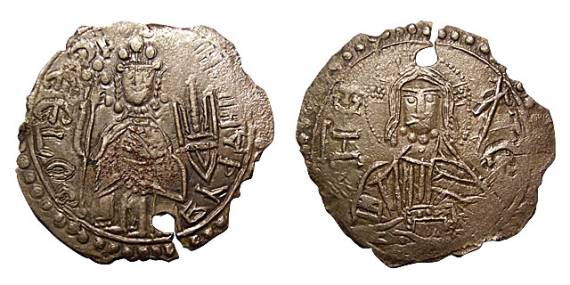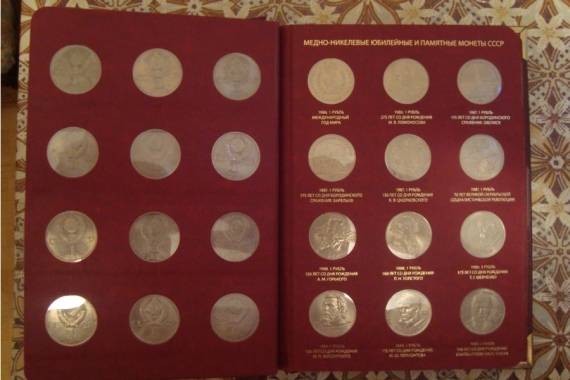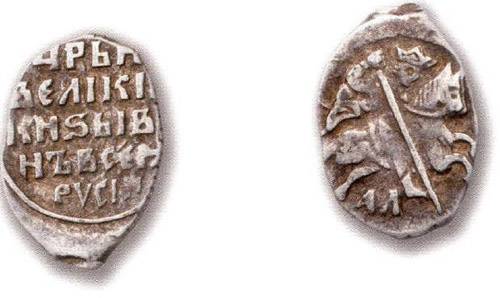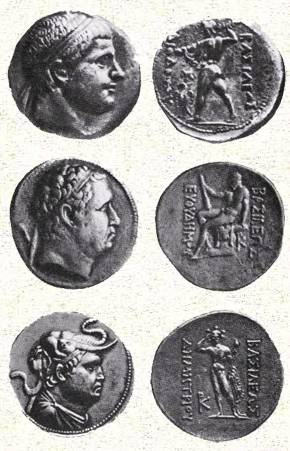Museum collections. On the threshold of a new time
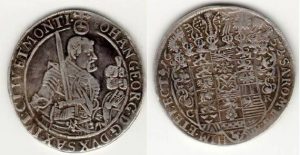 The onset of the new era and the full-scale development of trade relations and entrepreneurship connected with this event demanded stable money that would not be so diverse in weight and trial.
The onset of the new era and the full-scale development of trade relations and entrepreneurship connected with this event demanded stable money that would not be so diverse in weight and trial.
Monarchs ruling in the 17th and 18th centuries also needed reliable money in order to pay mercenaries to armies, buy goods of luxury and wealth, and also conduct external trade relations, which began to gain new circulation.
The history of the whole coinage is reminiscent of a cardiogram: sharp ups and downs constantly put the European economy in a stupor. For a long time engaged in damage to the denarius, until he eventually became an insignificant coin. A similar thing happened in the 13th century, when a large silver coin appeared, and again they began to spoil it. Therefore, as you can see for yourself, the economy has constantly dealt quite a lot of damage.
At the beginning of the 16th century, completely new types of coins began to appear in the Czech Republic, the so-called thalers. Collections of museums have a fairly large number of these beautiful coins. Galleries are represented by thalers of different ages, as the emission of thalers continued for three centuries, right up to the nineteenth century. The art with which thalers were made is simply mesmerizing. Collections are constantly updated with new and new instances, so do not miss your opportunity.
In the middle of the sixteenth century, the German Empire began the minting of a German thaler, the Reichstaler. After some time, the German imperial thaler entered into circulation almost throughout Central and Northern Europe. Also in Germany began to produce Reichsgulden, which became the equivalent of the gold guilder, but only made was made of silver of a fairly high standard.
The release of thalers captured not only the German Empire, but also countries such as France, Italy, Sweden, Norway, Spain, Mexico. At the same time, everywhere the names were very different, but the equivalent of coins remained.
As for the design of thalers, but the main ones were images of old cities, expressive portraits of rulers, famous people, and so on. The only thing that was common to all thalers was the coat of arms of the country in which the coins were issued.
Talers and other precious coins were always crammed with pirates’ chests. In the area of the Caribbean islands, they are constantly searching for such treasure, and it should be noted that this is not unsuccessful. For example, it is known for certain that in 1662 near the Florida Peninsula, nine Spanish galleons loaded with gold sank. … So it happened, about 800 gold and 900 silver bars were found on board the ships, as well as about 740 thousand thalers of gold and silver.
Technologies for making thalers were completely new, for example, Leonardo da Vinci created a special machine for making coin blanks, the “falling hammer” method was used to apply the image, in which the coin was placed between two stamps, and the hammer fell on the top stamp, which created Images. Somewhat later, a screw press was used.
By the 19th century, the thaler did not escape the fate of the rest of the medieval coins, it also began to deteriorate, and gradually fell into decay, and everyone forgot about it.
